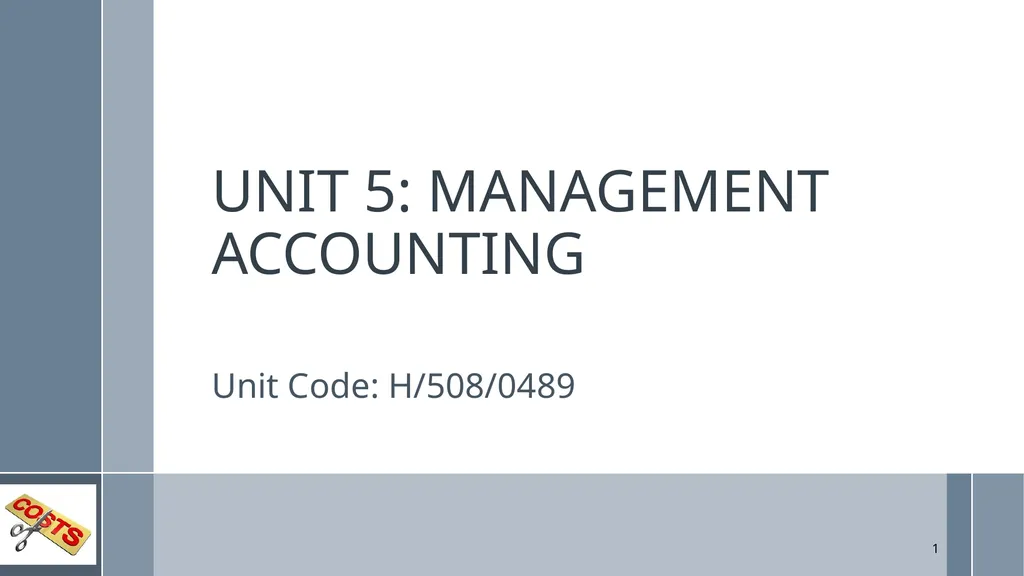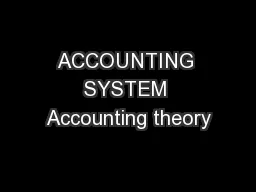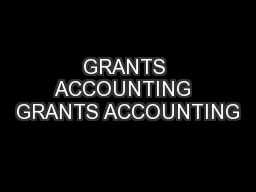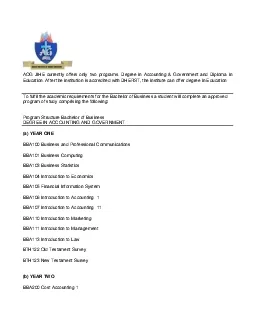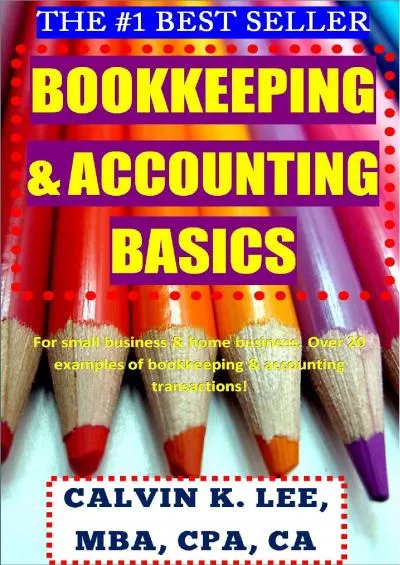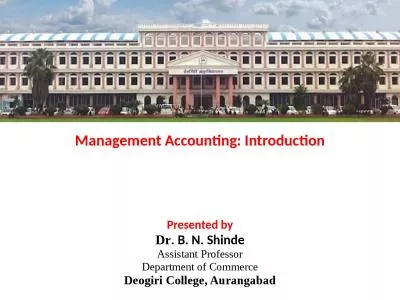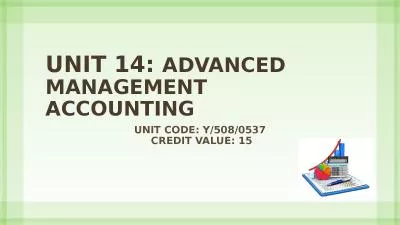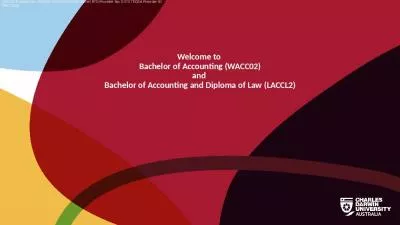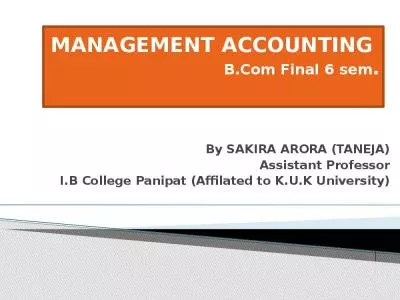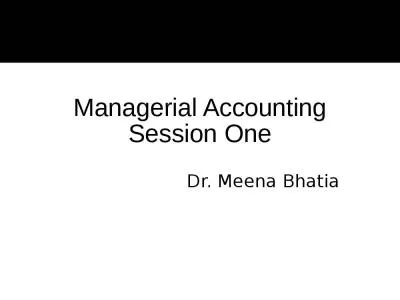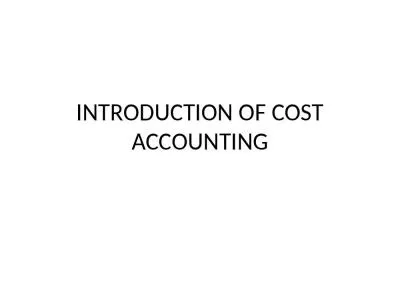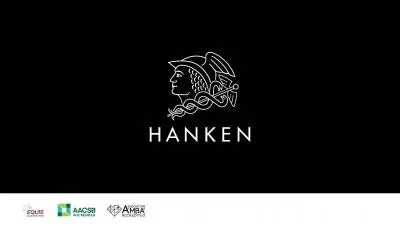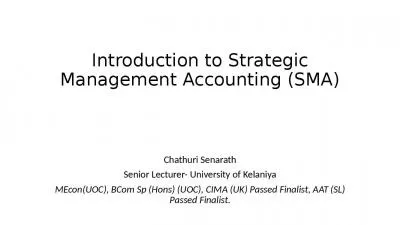UNIT 5: MANAGEMENT ACCOUNTING Unit Code:
Author : myesha-ticknor | Published Date : 2025-06-23
Description: UNIT 5 MANAGEMENT ACCOUNTING Unit Code H5080489 1 UNIT 5 MANAGEMENT ACCOUNTING LO2 Apply a range of management accounting technique 2 UNIT 5 MANAGEMENT ACCOUNTING M2 Accurately apply a range of management accounting techniques and
Presentation Embed Code
Download Presentation
Download
Presentation The PPT/PDF document
"UNIT 5: MANAGEMENT ACCOUNTING Unit Code:" is the property of its rightful owner.
Permission is granted to download and print the materials on this website for personal, non-commercial use only,
and to display it on your personal computer provided you do not modify the materials and that you retain all
copyright notices contained in the materials. By downloading content from our website, you accept the terms of
this agreement.
Transcript:UNIT 5: MANAGEMENT ACCOUNTING Unit Code::
UNIT 5: MANAGEMENT ACCOUNTING Unit Code: H/508/0489 1 UNIT 5: MANAGEMENT ACCOUNTING LO2 Apply a range of management accounting technique. 2 UNIT 5: MANAGEMENT ACCOUNTING M2: Accurately apply a range of management accounting techniques and provide appropriate financial reporting documents. 3 FIXED COST Fixed cost is a cost which is incurred for an accounting period that, within certain output or turnover limits, tends to be unaffected by fluctuations in the levels of activity (output or turnover). Another term which can be used to refer to a fixed cost is ‘period cost’. This highlights the fact that a fixed cost is incurred according to the time elapsed, rather than according to the level of activity. Examples of fixed costs are rent, rates, insurance and executive Salaries 4 VARIABLE COST Variable cost is a cost that varies with a measure of activity. Examples of variable costs are direct material, direct labour and variable overheads. In most examination situations, and very often in practice, variable costs are assumed to be linear. 5 COST ALLOCATION Linking costs with cost objectives is accomplished by selecting cost drivers. When used for allocating costs, a cost driver is often called a cost-allocation base. 6 COST ALLOCATION Major costs, such as newsprint for a newspaper and direct professional labour for a law firm, may each be allocated to departments, jobs, and projects on an item-by-item basis, using obvious cost drivers such as tonnes of newsprint consumed or direct-labour-hours used. 7 COST ALLOCATION Other costs, taken one at a time, are not important enough to justify being allocated individually. These costs are pooled and then allocated together. Many different terms are used by companies to describe cost allocation in practice. 8 COST ALLOCATION Terms such as allocate, attribute, reallocate, trace, assign, distribute, redistribute, load, burden, apportion, and reapportion, which can be used interchangeably to describe the allocation of costs to cost objectives. 9 COST ALLOCATION Costs are allocated for three main purposes: 1. To obtain desired motivation. Cost allocations are sometimes made to influence management behaviour and thus promote goal congruence and managerial effort. 10 COST ALLOCATION Consequently, in some organizations there is no cost allocation for legal or internal auditing services or internal management consulting services because top management wants to encourage their use. 11 COST ALLOCATION In other organizations there is a cost allocation for such items to spur managers to make sure the benefits of the
